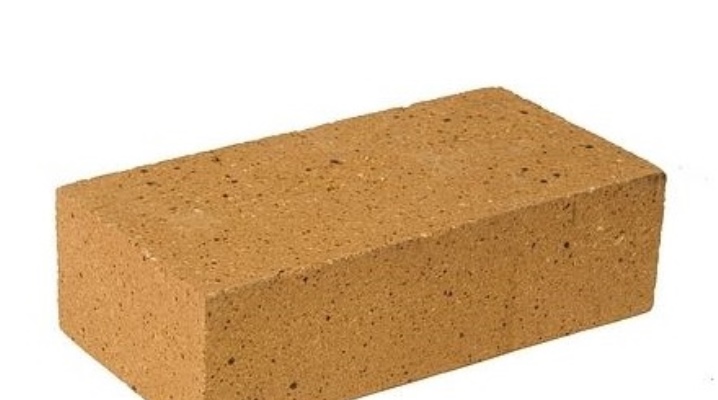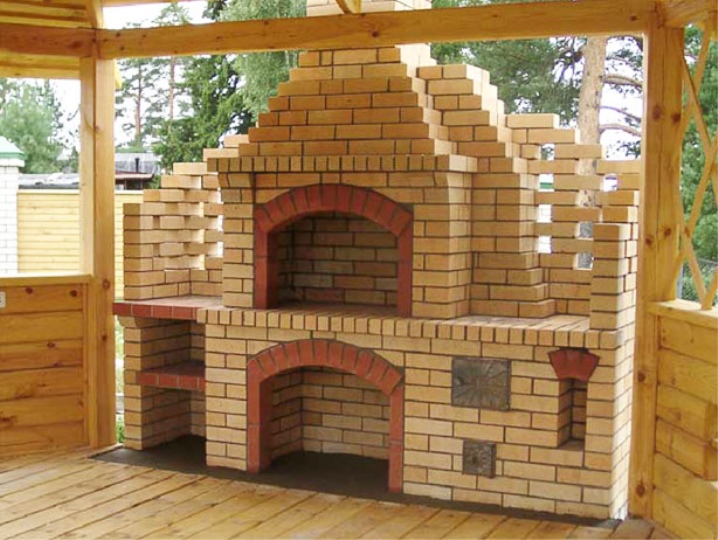ShA brick - fireclay refractory brick
ShA brick (fireclay refractory) has a high refractoriness - more than 1500 degrees Celsius. Everyone who has ever been involved in the construction of stoves or fireplaces, knows that the best of the refractory is chamotte brick.
Special features
- Its appearance is grainy, yellow-sand color.
- It is made of chamotte (powder) and special refractory clay. These materials are exposed to high temperatures.
- If there is a transparent film on the bricks, it means that it was perederzhali in the furnace. Although he has great strength, but due to the presence of a film, it is worse attached with a solution.
It should be recalled that when building structures from it, the seam should be as thin as possible. And in the clay for bonding you need to add crushed refractory bricks.
Stamps
Fire-resistant bricks are of the following brands: ShA, ShAK, ShUS, ShV, ShB, PB and PV.
The most common - brick SB and Sha. They are manufactured according to GOST 390–96.
In the wider industry, the ShA brand is used to erect stove arches. And in the private (domestic), not only for stoves, but also for fireplaces. Brick ShA has al2o3 in the amount of 30% of the total mass (SB has 28%). This gives it a refractoriness that can withstand up to 1690 ° C. The softening temperature is 1300 ° C.
Stamp ShA shows compliance with the requirements of GOST. It is aluminosilicate fireclay and belongs to the refractories of class A.
In addition to standard rectangular, other forms are also available for building arches and arches of varying degrees of curvature. Available in various sizes: 230x85x65 mm., 230x114x75 mm., 230x114x100 mm. etc. There are also sizes 300x150x75 mm.
It is also worth noting that the bricks of the ShA brand tend to quickly heat up in themselves and slowly cool down. These properties allow you to warm the house for a while even after the fire in the stove or fireplace is extinguished. They also retain heat well in the house.
Specificity and special characteristics allowed him to gain popularity and frequent use in various areas of construction and industry.A relatively simple manufacturing technology and, consequently, the relatively low cost made it an affordable and profitable means for the construction of stoves and fireplaces in the private sector.





















